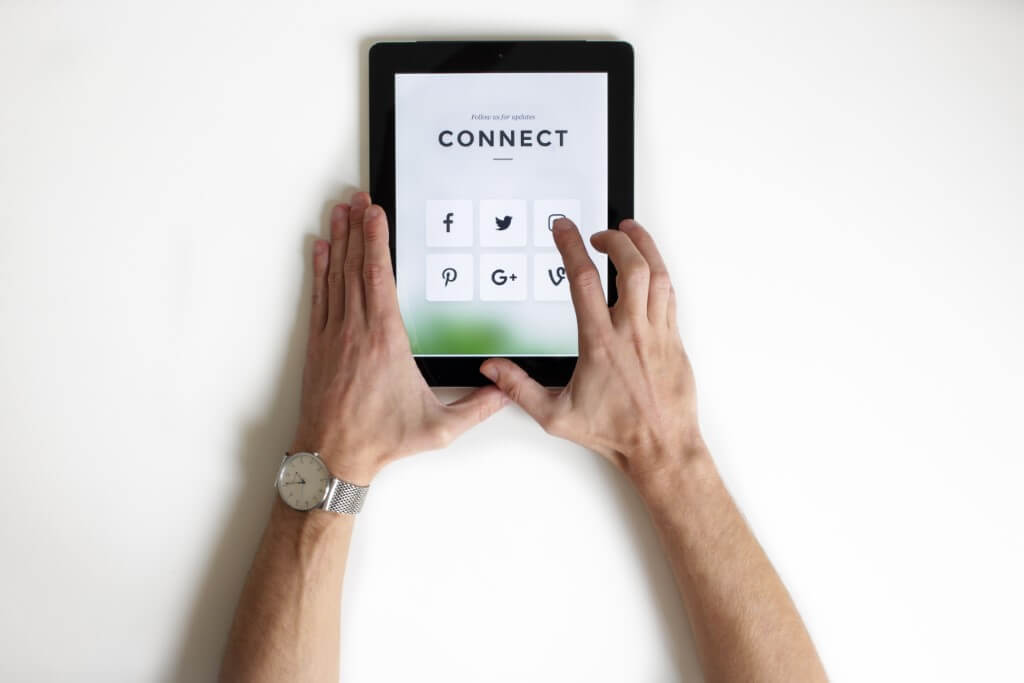Emails, those modern marvels of instant communication, hold a certain fascination for us all. Much like carrier pigeons of old, they whisk our messages across cyberspace with astonishing speed. But what really happens after we hit that send button? Let’s embark on a journey through the comical world of emails, where every message has its own adventure to tell.
The Hilarious Expedition of an Email Message
From Sender to Server: Once dispatched, your email message begins its journey from your device to the email server. It’s akin to a glitzy red-carpet event, with your message hoping to pass the server’s scrutiny and avoid the dreaded spam filter. Will it gain entry or be relegated to the junk folder?
Crossing Cyberspace: Next, your email takes flight, traversing networks of cables, signals, and perhaps a stray WiFi connection or two. With each stop, it encounters digital gatekeepers who may or may not decipher those witty words you’ve sprinkled in your message. Will it arrive intact or face turbulence along the way?
Arriving at Destination: At last, your email reaches its eagerly anticipated endpoint. The receiving server welcomes it with open arms, placing it gently in the recipient’s inbox. A notification proudly exclaims, “You’ve got mail!” Success, right? But what if the recipient’s inbox is a sea of messages, and yours goes unnoticed in the tide? Oh, the drama!
The Amusing World of Email Etiquette
Emails come with their own set of unwritten rules and peculiarities. Let’s dive into a few humorous situations that any email user can relate to:
The Reply-All Debacle: Ah, the perilous reply-all button, a potential recipe for chaos. One misstep, and pandemonium ensues. Suddenly, the entire office is entangled in an email thread featuring jokes, GIFs, and perhaps an unintentional gaffe. IT is flooded with help requests, pleading for respite.
The Autocorrect Surprise: Who hasn’t been victim to the whims of an overzealous autocorrect feature? You innocently type “kind regards,” and it morphs into “kind retards.” Oh, the trials of maintaining professionalism in the face of autocorrect-induced hilarity!
The CC Merry-Go-Round: We’ve all encountered a CC enthusiast, who feels compelled to CC every living being in their organization. Soon, your inbox is inundated with messages that range from irrelevant to bewildering. Do you dare request removal from this ever-growing list? Or do you endure the perpetual CC parade in silence?
Pros of Reveling in Amusing Email Misadventures
1. Enhanced Engagement: Embracing the lighter side of email communication fosters a more engaging and relatable interaction. Humor creates a shared experience, making recipients more likely to read and respond to messages, ultimately improving communication effectiveness.
2. Improved Recall and Retention: An amusing email tends to be more memorable. When recipients associate a message with humor, they’re more likely to retain the information it contains. This can be a powerful tool for ensuring that key points are not easily forgotten.
3. Stress Reduction and Morale Boost: In a professional context, a touch of humor can alleviate stress and create a more positive work environment. It lightens the atmosphere, fosters camaraderie, and boosts team morale, contributing to a more productive and harmonious workplace.
4. Relationship Building: Sharing a laugh over email can be a powerful way to establish and strengthen professional relationships. It humanizes the interaction, helping to build rapport and trust among colleagues and clients.
Cons of Reveling in Amusing Email Misadventures
1. Interpretation Variability: Humor is subjective, and what one person finds amusing, another may not. This can lead to misunderstandings or, in worst cases, offense. It’s crucial to be mindful of the diverse perspectives and sensibilities of your audience.
2. Professionalism Concerns: In certain formal or sensitive contexts, humor may be perceived as unprofessional. It’s important to gauge the appropriateness of humor based on the nature of the relationship and the subject matter being discussed.
3. Potential for Miscommunication: If not used judiciously, humor can potentially obscure the intended message. It’s essential to strike a balance between being amusing and ensuring that the core communication remains clear and unambiguous.
4. Time Sensitivity: In fast-paced work environments, recipients may not have the time to decipher humor or appreciate the lighter side of communication. In such cases, it’s advisable to reserve playful elements for more appropriate moments.
Practical Advice for Effective Communication
Managing Email Etiquette with Finesse
Crafting Clear and Concise Subject Lines: Ensure your subject lines are informative and to the point. This captures the recipient’s attention and sets the tone for the message.
Avoiding the Perils of Reply-All: Before hitting that reply-all button, assess whether every recipient truly needs to be included. This simple step can prevent email threads from spiraling out of control.
Polishing Your Professional Tone: Maintain a balance between professionalism and approachability. Avoid overly formal language, but also steer clear of excessive informality that could be misconstrued.
Email Management Strategies for a Tidy Inbox
Implementing Labels and Filters: Organize your inbox using labels and filters to automatically categorize and sort incoming messages. This ensures that important emails don’t get buried amidst the clutter.
Setting Aside Dedicated Email Times: Designate specific time slots for checking and responding to emails. This helps you focus on tasks without being constantly interrupted by incoming messages.
Utilizing the “Snooze” Feature: If an email doesn’t require immediate attention, use the snooze feature to temporarily remove it from your inbox. It will reappear at a time that better suits your schedule.
Harnessing the Power of Email Communication
Embracing the Art of the Follow-Up: Don’t hesitate to send a courteous follow-up email if a response is crucial. This ensures that important matters don’t slip through the cracks.
Incorporating Visual Aids for Clarity: When necessary, use visuals like screenshots or diagrams to complement your message. This can greatly enhance understanding and reduce the risk of miscommunication.
Striking the Right Balance with Humor: While a touch of humor can be engaging, be mindful of its appropriateness for the context and the recipient. Tailor your approach based on your professional relationship.
Navigating Email Overload with Grace
Prioritizing Urgent vs. Non-Urgent Emails: Use features like “mark as important” or color-coded labels to quickly identify and tackle urgent messages first.
Creating Templates for Efficiency: For recurring types of emails, consider creating templates. This saves time and ensures consistency in your responses.
Unsubscribing Strategically: Regularly review and unsubscribe from newsletters or promotional emails that no longer serve your interests. This helps declutter your inbox and keep it focused on essential communications.
Numerous studies have delved into the intricacies of email communication, shedding light on effective strategies for managing your inbox and enhancing your overall professional correspondence. These findings serve as the bedrock for the advice shared, ensuring that the information provided is not only practical but also backed by a solid foundation of empirical evidence. So, rest assured that the guidance offered here is not mere speculation, but rather a product of careful analysis and a comprehensive understanding of the dynamics at play in the realm of email communication.
Johan Botha is an authority on the Mysteries of the Inbox, particularly in the context of reveling in amusing email misadventures while gaining valuable insights on effective communication. If you’re eager to delve deeper into this subject or wish to engage in further discussions, don’t hesitate to reach out through our contact form. Your inquiries and insights are highly valued!




